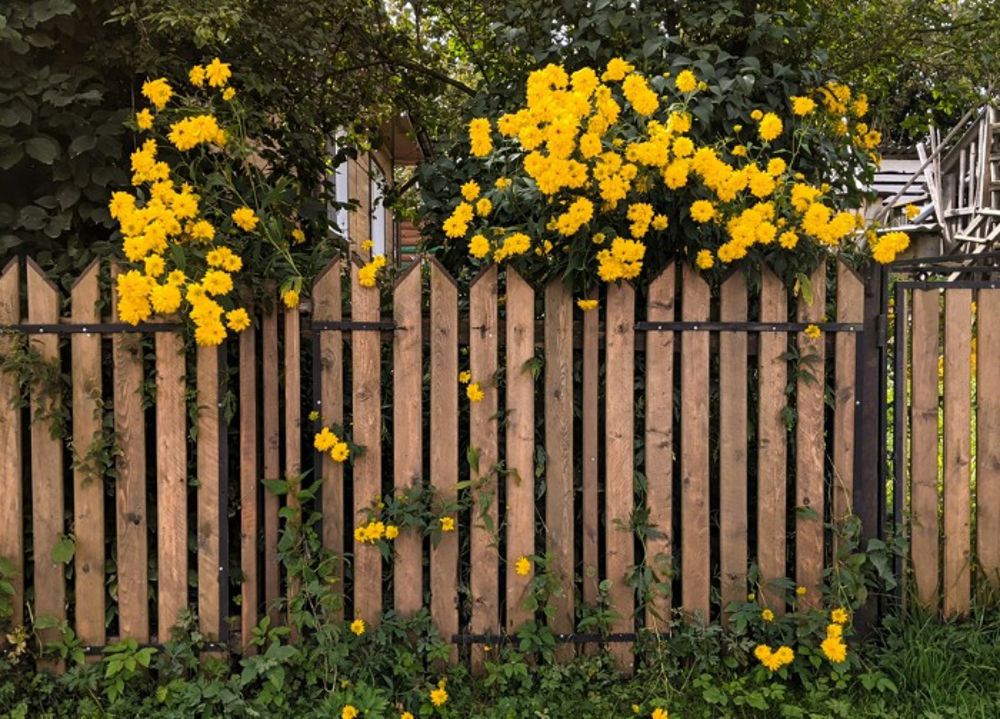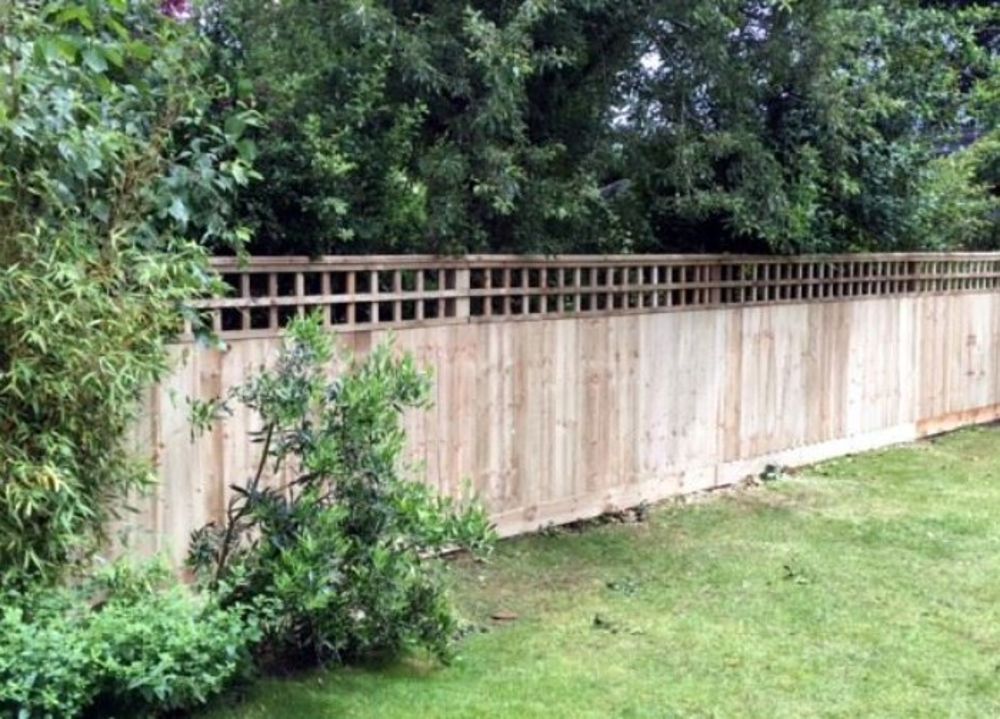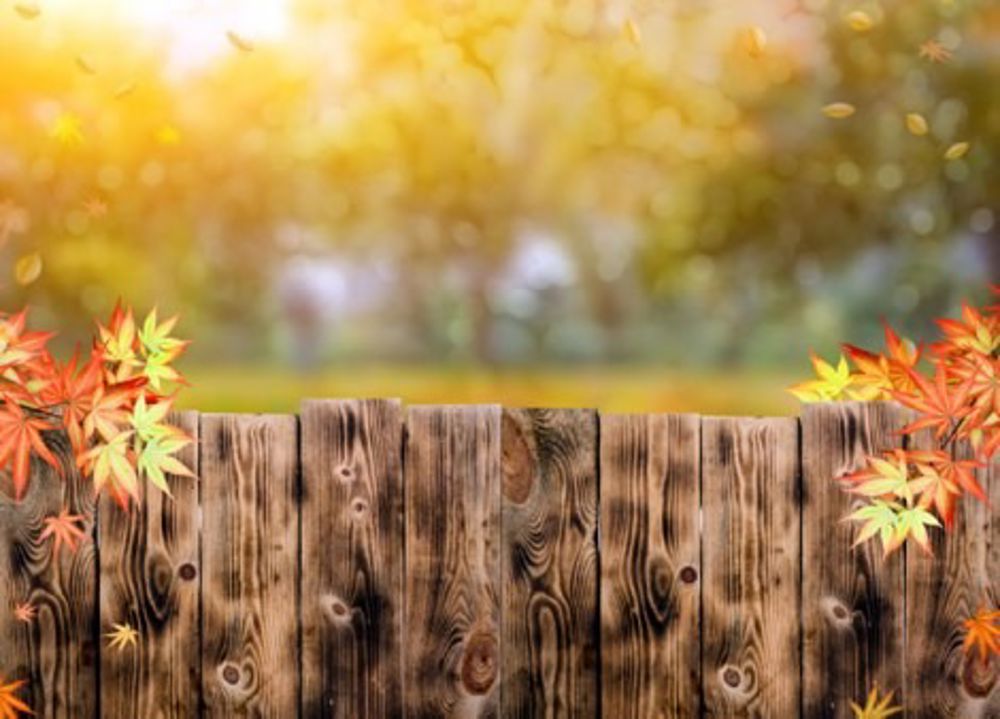Focus on Gravel Boards - Do You Need Them?
Gravel boards are the unsung heroes of any fence installation, and yet they rarely get a mention. What are they, what do they do, and honestly, do you really need them?
We talk at length with customers about their fencing project when we’re preparing a quote; we chat about different styles, the required height and width, hardwood or softwood fencing, even whether they want wooden, concrete or composite fence-posts. But the conversation that customers are most likely to shrug off is the one about gravel boards.
Gravel boards fulfil such a useful purpose, but many people don’t know what they are, and those that do often think they’re just an extra expense they can do without. We think that’s a short-sighted view.
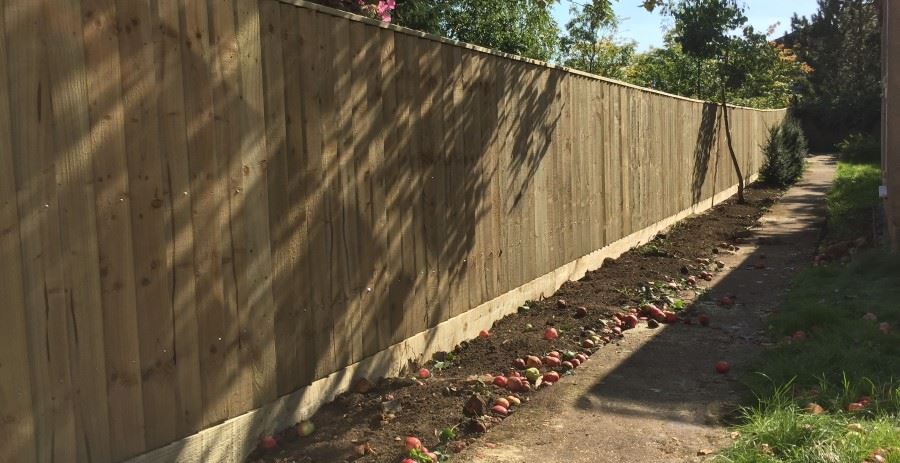
What are gravel boards?
Gravel boards are wide boards, normally 140 to 150mm in height, that slot under your fence panel to keep it from touching the soil or grass underneath. Their main purpose is to prevent moisture from the ground rotting your fence panels, but they also offer protection from insects or termites that might damage the fence.
Properly fitted, gravel boards will prolong the life of your fence and save you the expense of repairing or replacing it as frequently. So, while they’re not absolutely essential, they do make an awful lot of sense in the longer-term.
And if the gravel boards themselves need replacing, you can do that without having to replace the whole fence, which is a much more cost-effective solution.
Other advantages of gravel boards?
So much for the practical reasons in favour of adding gravel boards to your fencing project. But to be honest, we also think they look good, too. Gravel boards give a more professional, uniform finish to a line of fence, hiding small gaps, and reducing any glaring and uneven “steps” if your fence panels are on a sloping site, as shown below.
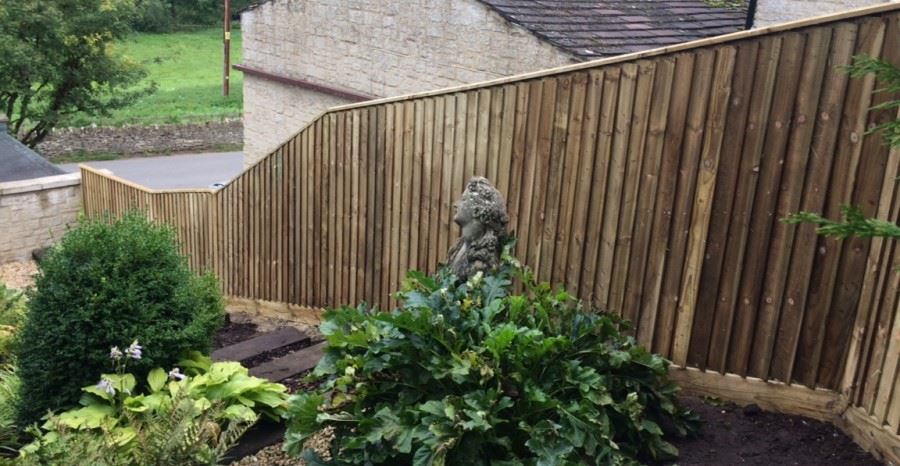
What are they made from?
Gravel boards are most commonly made from wood, concrete or composite galvanised steel (we recommend the Durapost fencing system, which we also install). There are pros and cons to each, so here’s a quick summary.
Wooden gravel boards
Wooden gravel boards give a traditional look, and they’re very aesthetically pleasing, especially when they match the wood of the fence panel; they’re also environmentally friendly when the boards are from FSC-certified sources, and cheaper to buy and install than other materials. Pressure-treated gravel boards should last seven or eight years, which offers good value for money when balanced against the cheaper initial outlay.
Concrete gravel boards
Concrete gravel boards are very low maintenance, strong, durable and secure. On the other hand, they’re not especially pleasing to look at, and concrete is not a very environmentally friendly product, either. Concrete boards are more expensive, both to buy and to install (you’ll need more than one labourer to help install them because of their weight), but they won’t need to be replaced for many years.
Durapost composite gravel boards
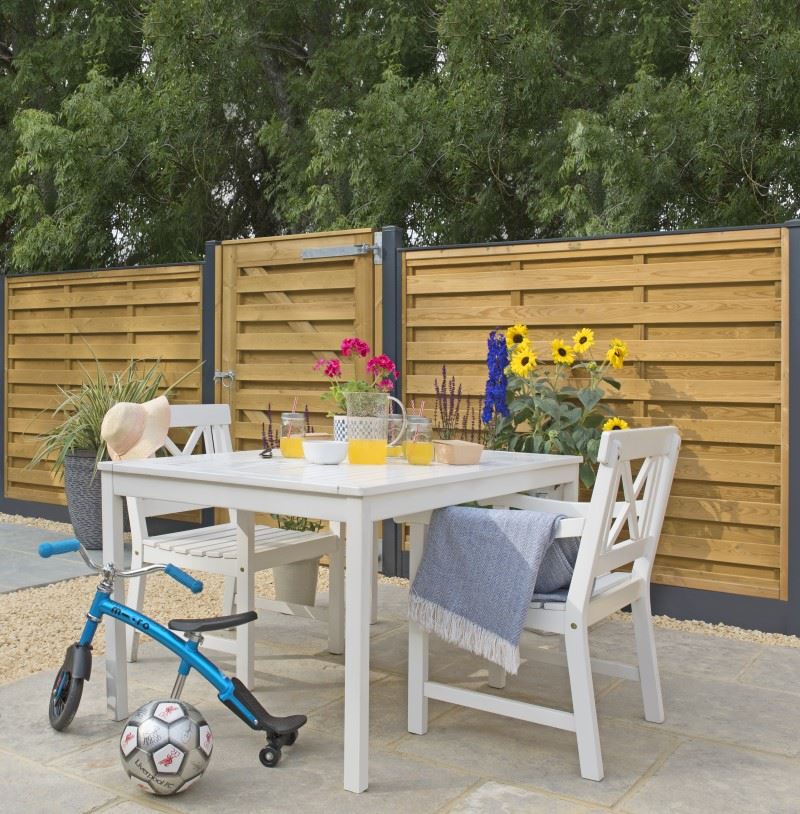
Lightweight, low maintenance and durable, Durapost gravel boards come in a range of colours to match the rest of the Durapost fence post system. Made from composite galvanised steel, they won’t warp or rot, and they are pleasing to look at, especially if you’re aiming for a clean, contemporary look in your garden. They aren’t as cheap as wooden gravel boards, but the extra cost is a good long-term investment for such a stylish and long-lasting solution.
We hope you’re now as much of a fan of gravel boards as we are, so don’t let them be an afterthought when you plan your new fence. Talk to our trusted installation team about the options.
Call us on 01865 863428 or 07900 938061 or email info@trentwoodfencing.co.uk.



